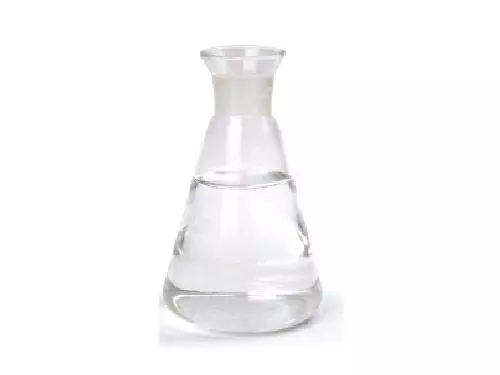Low Density Polyethylene (LDPE)
|
IUPAC Name |
: Polyethylene |
|
Cas Number |
: 9002-88-4 |
|
HS Code |
: 390110 |
|
Formula |
: (C2H4)n |
Basic Info
|
Appearance Name |
: Translucent & waxy |
|
Common Names |
: - |
|
Packaging |
: 25 Kg Bag |


---indonesia.webp)
---vietnam.webp)

---south-korea.webp)
